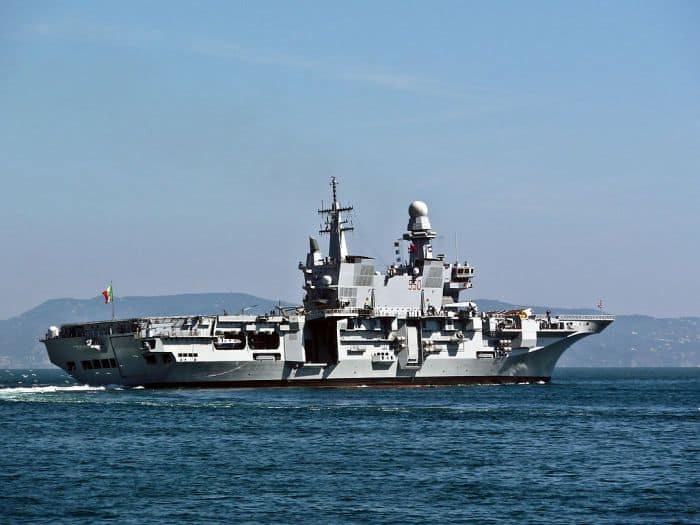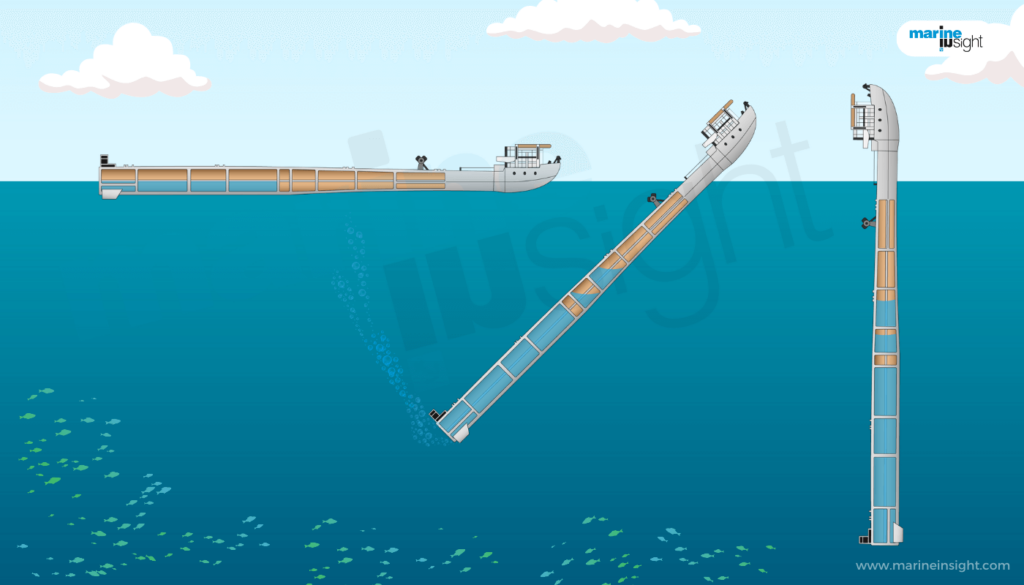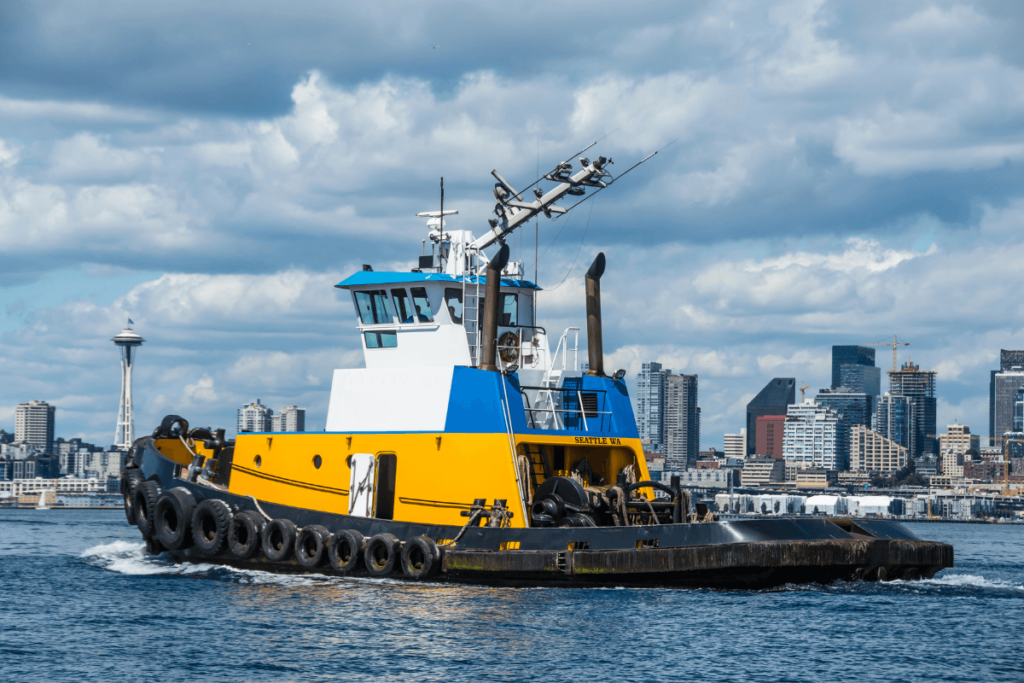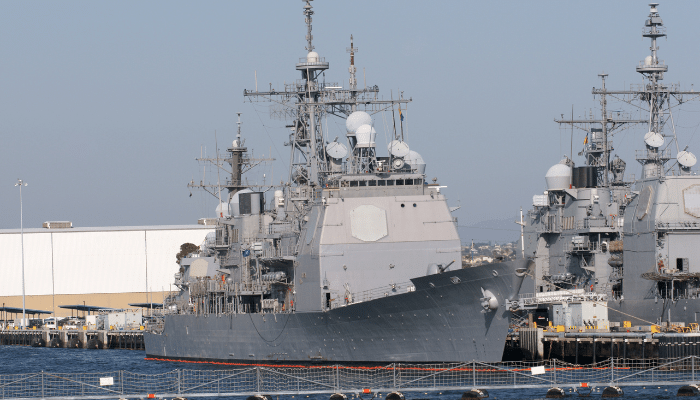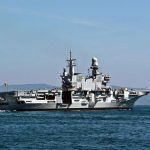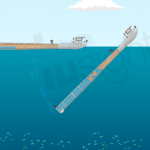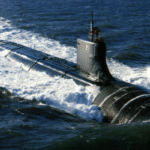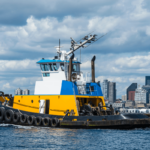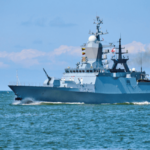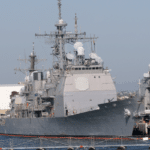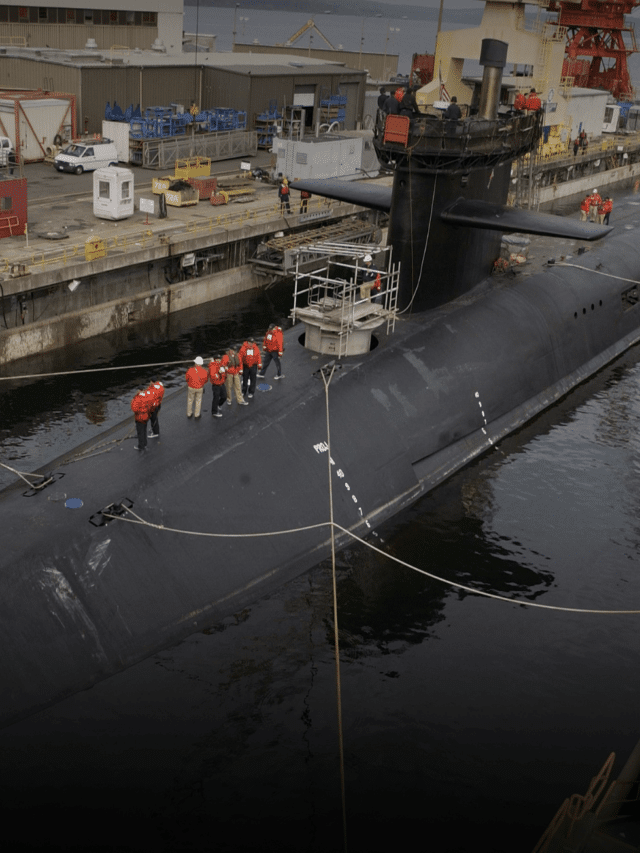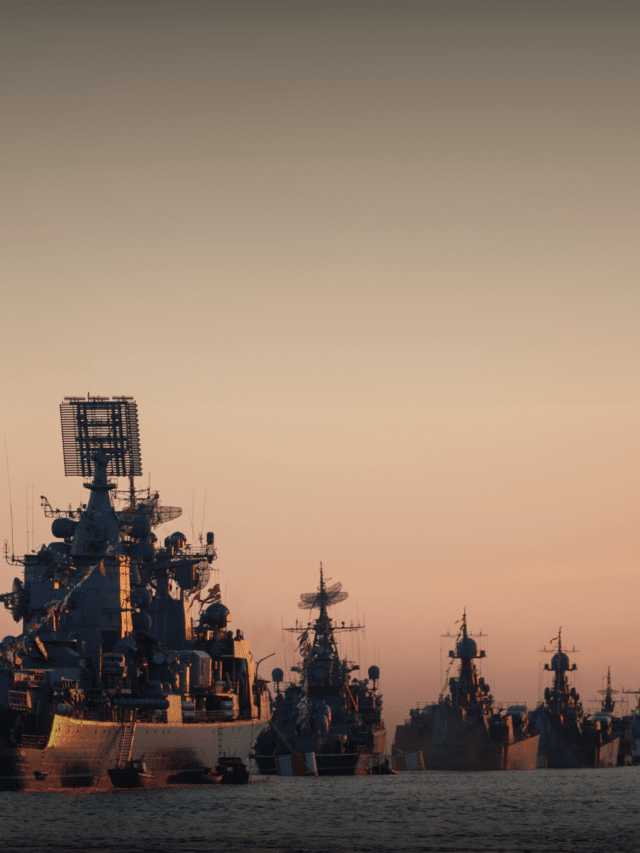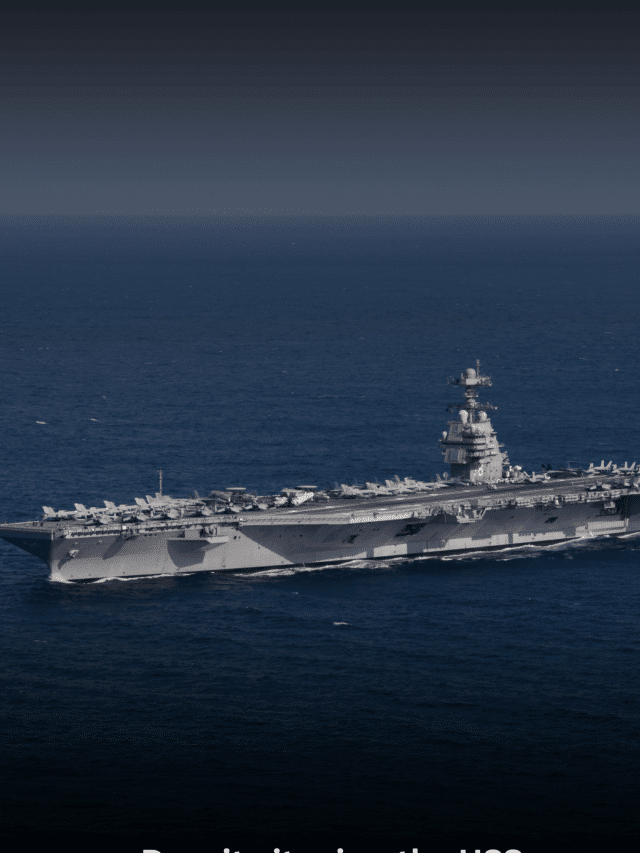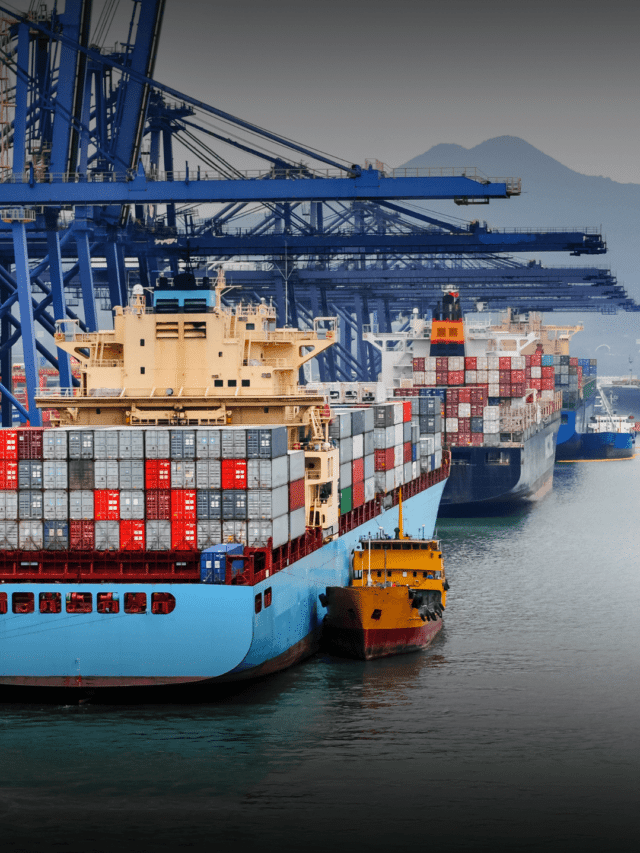Top 5 Biggest Bulk Carriers In the World
Bulk carriers are maritime vessels designed to carry loose bulk cargo like grains, cereals, coal, ores, iron, steel, cement, etc. Today, bulkers comprise 21 per cent of the global shipping fleet, most registered in Panama. A leading builder of bulk carriers is South Korea, whose shipyards have produced 80 per cent of the Very Large Ore Carriers.
Bulk carrier ships have different specifications and features. Some have their own unloading equipment and even offer packaging services while the cargo is loaded. Nonetheless, they come in different sizes, the smallest being the mini-bulk carriers with a capacity of 10,000 DWT while the VLOC is the largest class of bulk carriers, with a deadweight of over 300,000 tonnes, mostly used for shipping iron.
Below are the exemplary features of the five biggest bulk carriers in the world.
1. MS Ore Brasil
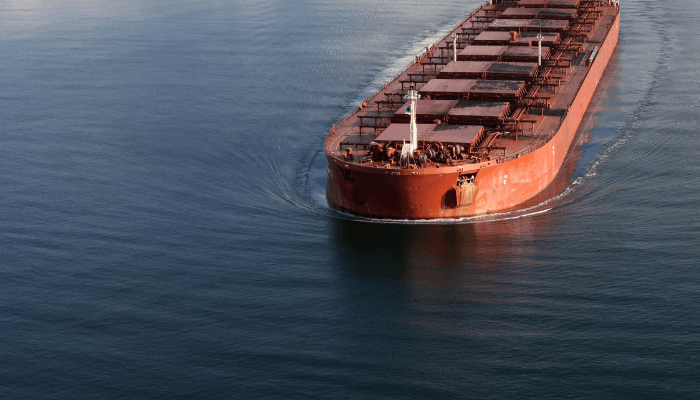
MS Ore Brasil is a Valemax Class ship ordered in 2009 by Vale SA, Brazil’s largest mining company and logistics services provider. Built by Daewoo Shipbuilding and Marine Engineering, South Korea, Ore Brasil entered service in 2011 and is presently sailing under the flag of Hong Kong while it is registered at the port of Singapore.
Earlier known as Vale Brasil, it took over MS Berge Stahl, a Norwegian ore carrier as the largest bulk carrier in the world, constructed for shipping iron ore from Brazil to European and Asian ports, especially China.
MS Ore Brasil measures 362 metres lengthwise and 65 m breadthwise, while its hull is 30.4 m deep, making it one of the longest marine vessels. Its gross tonnage is 198,990 tonnes, and it consists of 7 cargo compartments, each having a volume equal to a small-sized Panamax ship. Its total gross volume is around 219980 m3, and it is loaded using a ship-loader at the rate of 13,500 tonnes per hour.
Classified by Det Norske Veritas as a Very Large Ore Carrier, its deadweight is 402347 tonnes while its net tonnage is 67,993 tonnes. When fully packed with iron ore, MS Ore Brasil has a draught of 23 metres equivalent to more than 11,100 trucks. Her size restricts her entry at most ports, and only the biggest harbours can accommodate carriers of this size. It has space for 35 crew members and an average cruising speed of 15.4 knots.
Powered by a MAN B&W 7S80ME-C8 two-stroke diesel engine connected with a fixed pitch propellor, it is imbued with a novel carbon-reduction technology which reduces greenhouse gas emissions by thirty-five per cent compared to older ships of this class. It exhibits long-distance efficiency and was presented with the Clean Ship award at the Norwegian Shipping Exhibition held in 2011.
2. MS Berge Stahl
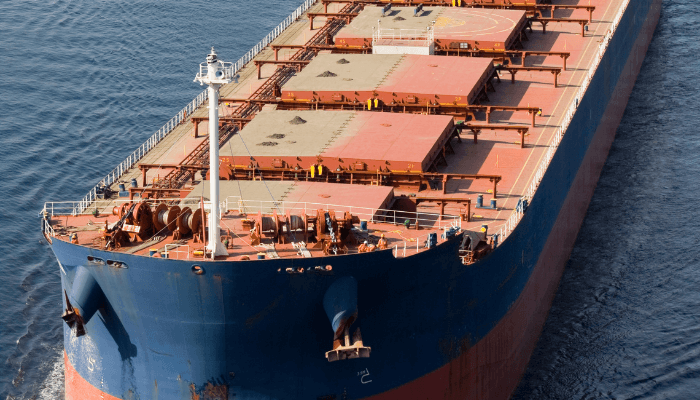
Constructed by Hyundai Heavy Industries in 1986, MS Berge Stahl was the largest iron ore carrier in the world until MS Ore Brasil entered service in 2011, overtaking it in terms of deadweight and gross tonnage. Her port of registry is Douglas, the Isle of Man; however, it was previously registered in Stavanger, Norway and Monrovia in Liberia.
From 1986 till 2008, Berge Stahl was operated by Bergesen Worldwide Gas ASA, the largest gas shipping company in the world. Since 2012, it has been owned and operated by Berge Bulk, a Singapore-based independent dry bulk owner possessing over 80 ships and carriers.
The second biggest bulk carrier, she is 342.8 m long and 63.5 m wide with a draft of 23 m. She has a deadweight of 364,767 tonnes and is driven by a MAN B&W 7L90MCE diesel engine linked to a 9 m propeller, which generates 27,609 horsepower. It has a gross tonnage of 175720 tonnes and a maximum sailing speed of 25 kilometres or 13.5 knots per hour.
Due to her gigantic size, Berge Stahl can enter only two ports when fully loaded. The first is the Terminal Marítimo de Ponta da Madeira, Brazil, from where it carried iron ore to the port of Rotterdam, Netherlands. During high tides, it can enter Europoort and the new bulk terminal in Caofeidian, China. However, the ship can moor at other European ports if it is not fully loaded. In 2014, the carrier underwent repair and maintenance in a drydock in Portugal.
3. Brasil Maru
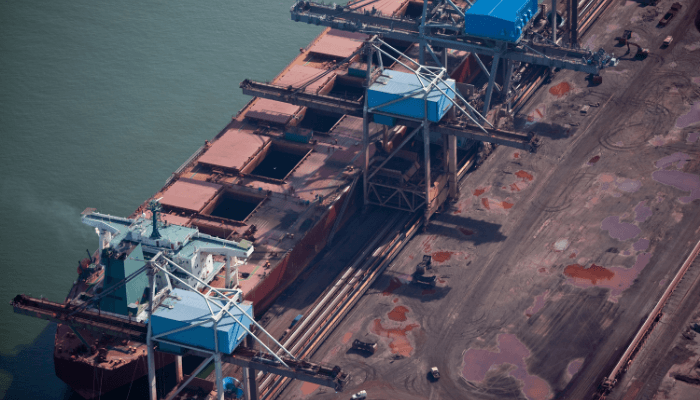
Developed as a bulk ore carrier by Nippon Kaiji Kyokai, Brasil Maru was constructed in 2007 by Mitsui Engineering and Shipbuilding Co. Ltd in the Chiba shipyard in Ichihara, Japan. A pioneering ship, it reduced iron transportation costs manifold. Her completion was a moment of victory since large-scale carriers of her size had never been built in Japan during that time. Endowed with the latest ultrasonic impact treatment welding technology that effectively tackled metal fatigue, it was given the Ship of the Year Award in 2007.
It was ordered by Nippon Steel Corporation to meet the growing needs of the Japanese steel production industries. With a deadweight of 327,017 tons, it shipped iron ore from Brazil to Japan, strengthening the nation’s manufacturing sector. Presently sailing under the flag of Panama, it is owned by Tamou Lines SA and managed by Doun Kisen, a prominent Japanese Shipping Company.
Brasil Maru is 340 m long and 60 m broad with a draft of 28.15 m. Its gross tonnage is 160774 tonnes, and its iron ore carrying capacity is 327,180. Propelled by an MITSUI-MAN B&W Diesel Engine 7S80MC-C 1 with a power of 23,645 kW at 66rpm, Basil Maru can reach a top speed of 17.5 knots while its average sailing speed is 15.
Registered in Panama, the bulk carrier is designed to provide excellent manoeuvrability and stability. It consumes less fuel compared to other bulk carriers of the same size. Even its main engine and generator engines meet the IMO standards. Its unique hull and propeller offer optimum performance. The ship’s mooring equipment lets it easily dock at Brazilian and Australian ports. It can be accommodated in most harbours when it is not fully loaded.
Endowed with an automated oil supply mechanism and double-hulled fuel tank, the carrier releases twenty per cent fewer carbon emissions than her counterparts.
It can carry 30 crew members and has ample safety and lifesaving equipment onboard. Three lifeboats, each capable of carrying 20 people, and a 10-seater rescue boat are available on the Brasil Maru.
4. Tubarao Maru
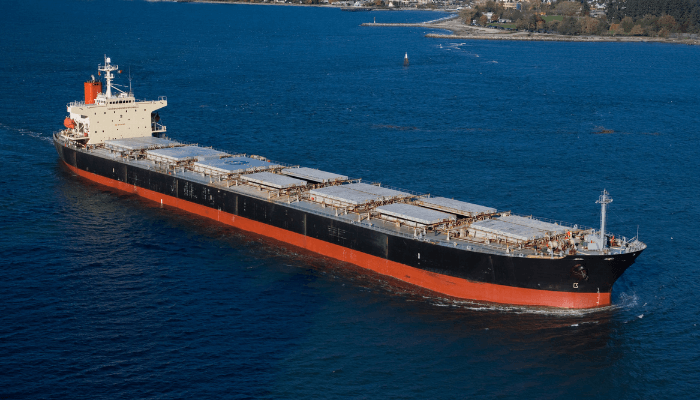
Like her sister vessel Brasil Maru, Tubarao Maru was constructed by Mitsui Engineering and Shipbuilding Co Ltd in 2008. Registered and sailing under the flag of Panama, the ore carrier is operated by the renowned Doun Kisen Corporation and owned by G.O.D Shipping SA. She has a gross tonnage of 161294 tonnes, and her deadweight is 326,964 tonnes. With an overall length of 340 metres, a 60 m beam and a summer draught of 21.17m, she can reach a maximum speed of 15 knots while her average cruising speed is 13 knots.
She can easily carry 200,867 tonnes of iron ore and is equipped with three lifeboats, a rescue boat and four liferafts. It has a 1DE: 2 SA 7 CY main engine with a power of 23,640 kW at 66rpm and four generators connected to a single shaft.
5. Stellar Queen
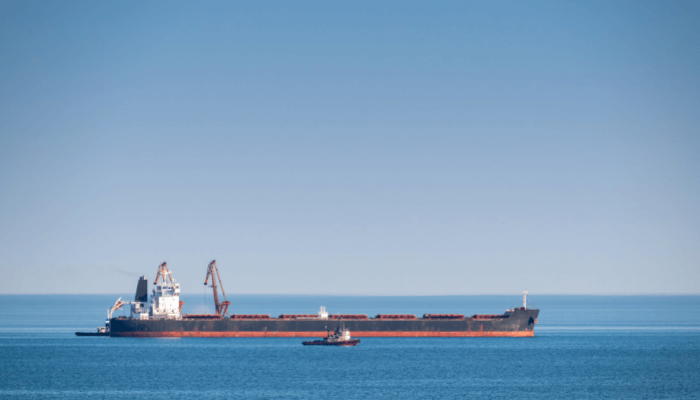
The fifth biggest bulk carrier in the world, Stellar Queen was built in 1994 by NKK Shipbuilding in Yokohama, Japan. Previously known by different names like Ore Yantai, Ore Goro and Hydra Star, the ship is sailing under the Marshall Islands flag while its homeport is Majuro.
It has a carrying capacity of 305,846 DWT and measures 331.5 m lengthwise and 58 m breadthwise. Her top sailing speed is 10 knots and she has an average cruising speed of 8.4 knots. She has a gross tonnage of 162,393 tonnes and a Sulzer type engine.
It is owned by Polaris Shipping based in Seoul, South Korea and managed by MSI Management, Singapore. Apart from Stellar Queen, Polaris Shipping also owns three bulk carriers having the same dimensions as the Stellar Queen. However, they all were built in 2015 and have slightly less carrying capacity.
Stellar Queen was a Very Large Crude Carrier before it was converted into a bulk carrier. In 2017, while the ship was en route to the Brazilian port of Itaqui, two cracks appeared in the main deck area. Similar structural flaws led to the sinking of the Polaris’ VLOC Stellar daisy in 2017 while it was carrying 260,000 tonnes of iron ore from Brazil to China. Only 2 out of the 24 crew members were rescued before the ship went down in the South Atlantic.
As a consequence, the Brazilian mining company Vale decided to amend its contracts with Polaris Shipping due to the technical defects of its old VLOCs, as reported in a 2020 press release.
You might also like to read:
- What are Break Bulk Ships?
- 11 Steps to Enhance Safety of Bulk Carrier Ships
- What are Bulk Carrier Ships?
- Different Types of Bulk Carriers
- What is Collision Bulkhead in Ships?
Disclaimer: The authors’ views expressed in this article do not necessarily reflect the views of Marine Insight. Data and charts, if used, in the article have been sourced from available information and have not been authenticated by any statutory authority. The author and Marine Insight do not claim it to be accurate nor accept any responsibility for the same. The views constitute only the opinions and do not constitute any guidelines or recommendation on any course of action to be followed by the reader.
The article or images cannot be reproduced, copied, shared or used in any form without the permission of the author and Marine Insight.

About Author
Raunek Kantharia is a marine engineer turned maritime writer and entrepreneur. After a brief stint at the sea, he founded Marine Insight in 2010. Apart from managing Marine Insight, he also writes for a number of maritime magazines and websites.
Latest Type Of Ships Articles You Would Like:
Do you have info to share with us ? Suggest a correction
Subscribe To Our Newsletters
By subscribing, you agree to our Privacy Policy and may receive occasional deal communications; you can unsubscribe anytime.
Web Stories



